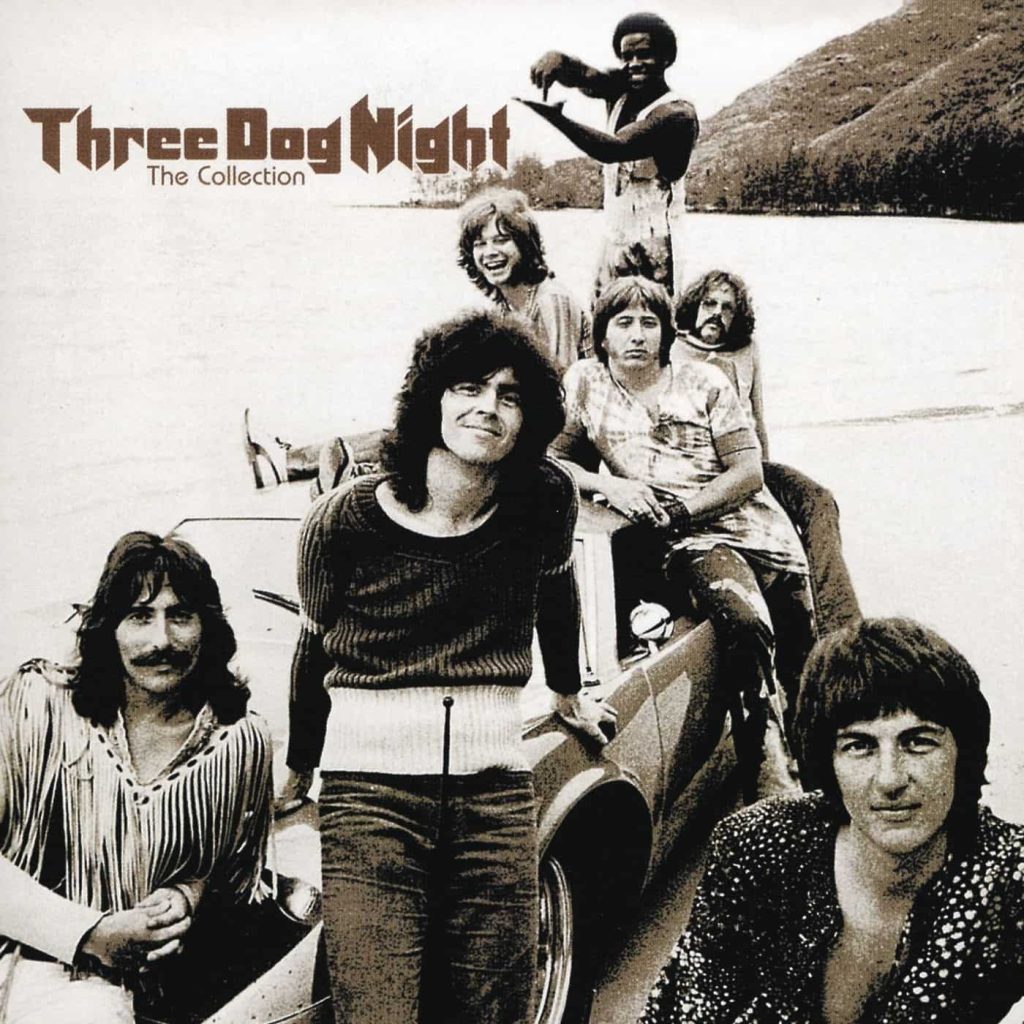
A Cry of Disillusionment Amidst Shifting Sands: Exploring Three Dog Night’s “Easy To Be Hard”
“Easy To Be Hard” by Three Dog Night, a powerful ballad of disillusionment and social commentary, captured the angst and confusion of a generation navigating the turbulent late 1960s and early 1970s. Released in 1969 as part of their second self-titled album, “Three Dog Night”, it quickly climbed the charts, peaking at number 4 on the Billboard Hot 100 in 1970. This wasn’t just another hit; it was a poignant reflection of a society wrestling with war, inequality, and a widening generation gap.
The song originated from the rock musical Hair, a groundbreaking production that explored the counterculture movement, sexual revolution, and anti-war sentiment. Originally performed by Diane Keaton in the off-Broadway production, Three Dog Night transformed it into a rock anthem that resonated with a broader audience. Their rendition brought a raw, emotional intensity to the song, amplifying its message of frustration and disillusionment.
The lyrics, penned by Galt MacDermot, James Rado, and Gerome Ragni, are a stark portrayal of a world seemingly devoid of compassion. Lines like “How can people be so heartless? How can people be so cruel?” express a deep sense of bewilderment at the injustices and indifference prevalent in society. It’s a cry from the heart, a desperate plea for understanding and empathy in a world that often seemed to lack both.
The arrangement by Three Dog Night is masterful. The soulful vocals, driven by the powerful delivery of Cory Wells, coupled with the dramatic orchestration, create a palpable sense of emotional weight. The song builds gradually, reaching a crescendo of raw emotion that leaves a lasting impact on the listener. You can almost feel the collective sigh of a generation grappling with the complexities of their time.
Consider the historical backdrop: the Vietnam War raged on, dividing the nation; the Civil Rights Movement continued its fight for equality; and social unrest simmered beneath the surface. In this context, “Easy To Be Hard” became more than just a song; it became a voice for the voiceless, a lament for a world that seemed to have lost its way. It spoke to the feelings of alienation and frustration felt by many young people who witnessed the stark contrast between the ideals they were taught and the realities they observed.
The song’s enduring appeal lies in its timeless message. While rooted in the specific context of the late 60s and early 70s, the themes of injustice, indifference, and the search for meaning remain relevant even today. It reminds us of the importance of empathy, compassion, and the need to stand up for what is right.
For those who lived through that era, “Easy To Be Hard” evokes a powerful sense of nostalgia, a bittersweet reminder of a time of great upheaval and change. It’s a song that stays with you, prompting reflection on the complexities of the human condition and the enduring search for a better world. It’s a track that stands as a testament to Three Dog Night’s ability to capture the zeitgeist of a generation and transform it into timeless art. They didn’t just sing songs; they channeled the very spirit of an era, leaving behind a legacy that continues to resonate with listeners decades later. The impact of the song cemented Three Dog Night’s place in rock history, showcasing their ability to interpret and deliver songs with profound emotional depth and social relevance.